Yes, you can sand polyurethane off wood. Use a fine-grit sandpaper to gradually remove the coating. Ensure proper ventilation and wear protective gear. After sanding, clean the surface before applying a new finish.
Unveiling the mysteries of woodworking: "Can You Sand Polyurethane off Wood?" As avid DIY enthusiasts, we often find ourselves in the predicament of wanting to rejuvenate wooden surfaces coated with polyurethane. In this exploration, we embark on a journey to discover whether sanding is the key to unveiling the natural beauty beneath. Join us as we delve into the user's perspective and unravel the possibilities of restoring wood to its former glory. Let's dive into the world where craftsmanship meets curiosity!
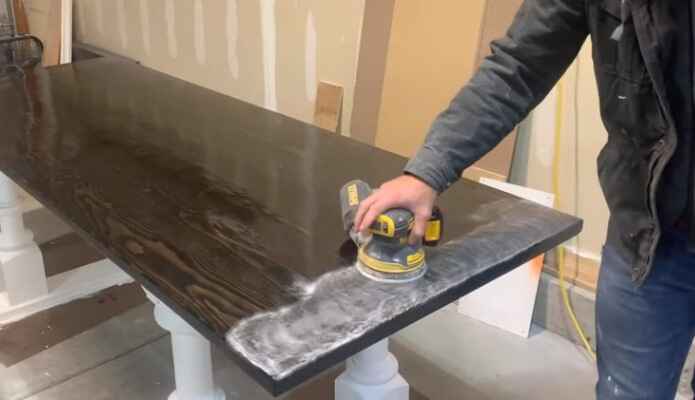
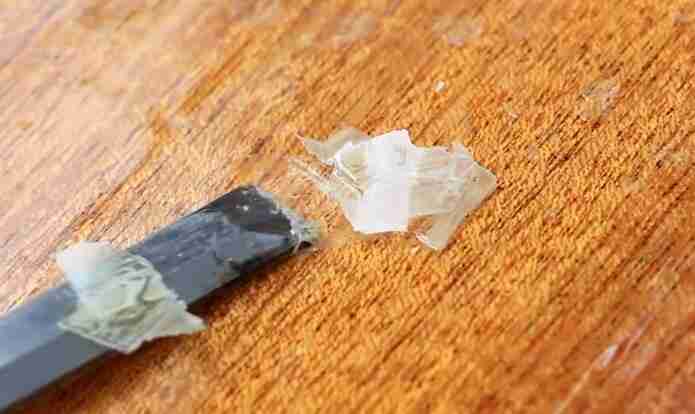
Polyurethane is a polymer or plastic material used for many applications. It's lightweight, durable, and flexible, making it an ideal choice for many projects.
Polyurethane is also highly resistant to water and chemicals, has excellent insulation properties, and can be formulated in various colors.
Because of its versatility, polyurethane is often used in furniture, flooring, insulation, and other construction materials. It can also make various products like sealants, adhesives, foams, coatings, etc.
Is it possible to remove all of the polyurethane from the wood?
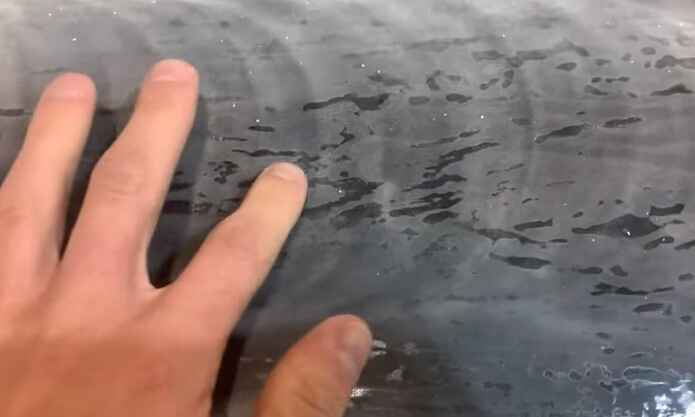
It is possible to remove polyurethane from wood. The key is to use the right tools and techniques. Sanding is the most common and effective way to remove polyurethane from wood. It requires effort, but it is the best option for removing polyurethane from wood entirely and evenly.
Which sandpaper should I use to remove polyurethane from wood?
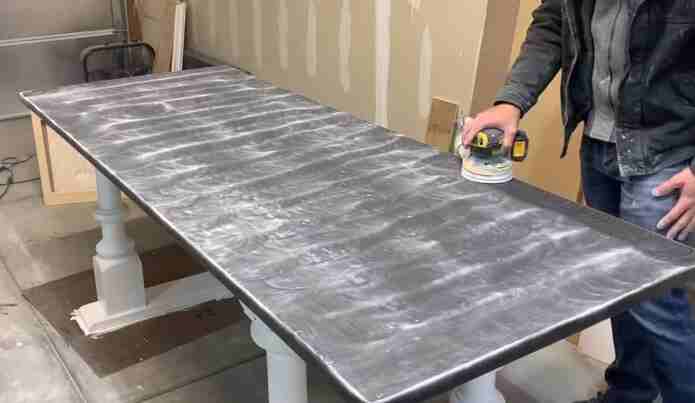
If you're trying to remove polyurethane from wood, the type of sandpaper you should use depends on how much finish you want to remove.
If you want to remove the entire layer of polyurethane, you'll need a coarse-grit sandpaper like 80-grit or 100-grit. This type of sandpaper will strip away the finish quickly, leaving a bare wood surface behind.
If you only want to remove a portion of the finish, you can use finer-grit sandpaper, such as 220-grit or higher. This type of sandpaper won't remove the finish entirely but will give you a more controlled finish.
When using either type of sandpaper, start with light pressure and gradually increase it if necessary.
Finally, always work in the same direction as the wood grain while sanding. Following these tips will help you achieve the desired outcome with ease!
How to sand polyurethane off wood?
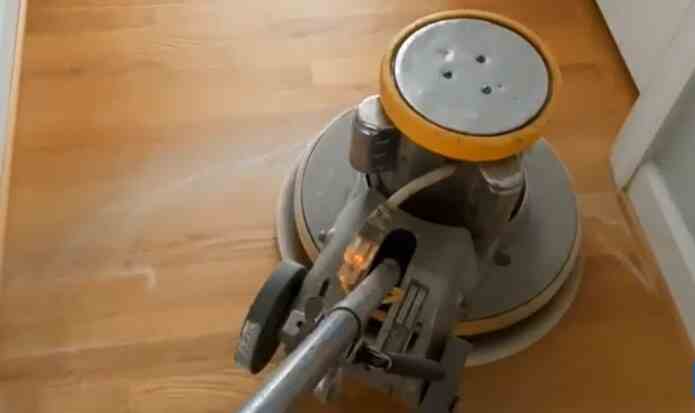
Polyurethane is a protective finish often used on wood furniture and trim. It provides a waterproof seal that makes it difficult to remove if you want to refinish the wood.
Sanding polyurethane off of wood can be time-consuming, but with the right tools and techniques, it is possible to do the job efficiently. Read on to learn how to sand polyurethane off the wood.
Step 1: Gather Your Equipment
To effectively sand polyurethane off wood, you will need a few pieces of equipment. These include safety glasses, an electric sander, at least one sheet of fine-grit sandpaper, and a dust mask.
Step 2: Prepare the Wood
Before you begin sanding, make sure that the wood is adequately prepared. Vacuum or brush away any dust or debris on the surface of the wood before starting.
Step 3: Start Sanding with Coarse Grit Paper
Using your electric sander, start sanding the polyurethane off the wood using coarse-grit paper (around 60 to 100 grit). Make sure to move in a circular motion and keep it moving at all times. Try not to linger too long in one spot, as this can lead to uneven sanding.
Step 4: Switch to Fine Grit Paper
Once you have finished sanding with the coarse-grit paper, switch to fine-grit sandpaper (around 150 to 180 grit). Make sure to use light pressure and keep the sander moving at all times.
Step 5: Vacuum Away Dust
Once you have finished sanding, use a vacuum cleaner to remove any dust left over from the process. Be sure to also wipe down the surface of the wood with a cloth or rag.
Step 6: Apply New Finish
After sanding, you can apply a new finish or stain to your wood piece. Choose a finish that will protect it while still allowing its natural beauty and character to shine through.
Sanding polyurethane off of wood requires patience and effort, but it can be an easy and rewarding task with the proper techniques and tools. Following these steps, you can successfully sand polyurethane off wood and give your furniture or trim a brand new look.
What precautions need to be taken when sanding polyurethane off wood?
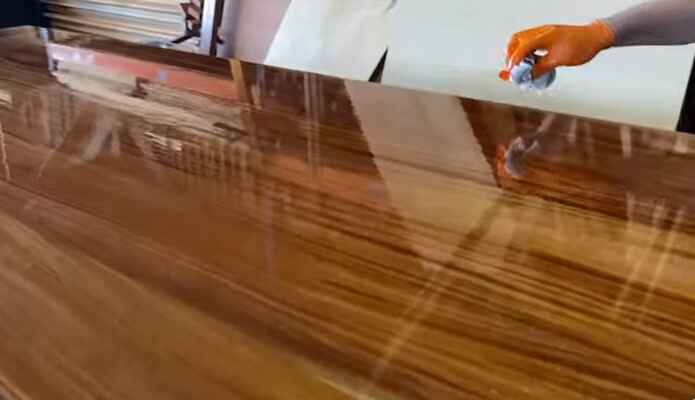
Safety should be the top priority when it comes to removing polyurethane from wood. Sanding is an effective way to remove polyurethane from wood surfaces.
However, taking the necessary precautions to minimize potential hazards is essential. Here are five essential safety tips for sanding polyurethane off wood:
1. Wear Protective Gear
It is essential to wear protective gear when sanding polyurethane off wood, including eye protection, a protective face mask to filter dust and particles, and gloves. This will keep you safe from any potential health hazards posed by the sanding process.
2. Vacuum Regularly
Regularly vacuum away the dust created from sanding. This helps reduce the amount of airborne particulate matter, which can be hazardous when inhaled over long periods. Make sure you use a HEPA-rated vacuum cleaner for optimal results.
3. Work in a Well-Ventilated Space
Working in an area with proper ventilation minimizes exposure to potentially hazardous fumes from sanding. Open any nearby windows to help improve air circulation and reduce the build-up of dust and other particles in the area.
4. Use a Dust Extractor
A dust extractor can effectively capture fine particles that may otherwise linger in the air, providing another layer of Protection against potential hazards.
5. Be Cautious of Spills
Be mindful of any spills or splashes when sanding polyurethane off wood surfaces, as they can be hazardous if left unattended. Always clean up spills immediately to avoid potential health risks associated with contact or inhalation.
These five safety tips will help ensure a safe and successful experience when sanding polyurethane off the wood. Proper precautions allow you to enjoy peace of mind while working on your project.
How do I get a smooth finish when sanding away the polyurethane from wood?
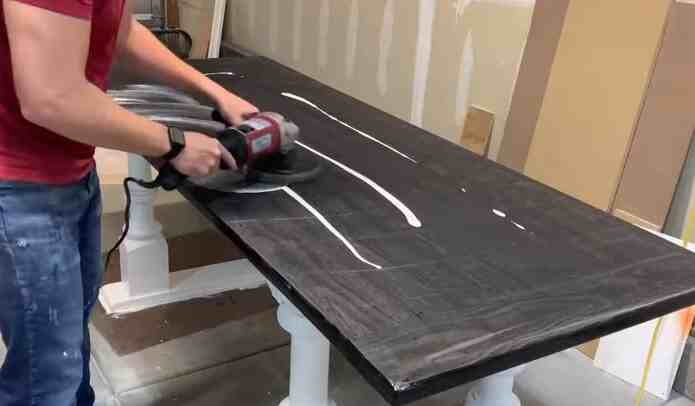
Getting a smooth finish when sanding away polyurethane from wood can be tricky. Several factors play into achieving the perfect result, such as the type of sandpaper, tools, and technique used. Here are five tips to help you get a smooth finish when removing polyurethane from wood surfaces.
1: Choose the Right Sandpaper
When sanding away polyurethane from wood, it is crucial to choose the right sandpaper. Sanding with a coarse grit will damage wood surfaces and leave behind an uneven finish. It is best to use a medium-grit sandpaper for polyurethane removal, as it will remove the polyurethane more efficiently without causing too much damage to the wood surface.
2: Use a Sander for Large Areas
Using a sander is an efficient way of removing polyurethane from larger areas such as tabletops or floors. A sander can quickly and evenly remove the polyurethane, making it easier to achieve a smooth finish.
3: Hand Sand for Smaller Areas
It is best to hand sand with medium-grit sand for smaller areas such as corners or tight spaces. This will help you get into tighter spots that a sander would not be able to reach. When hand sanding, use light pressure to avoid damaging the wood surface.
4: Use Multiple Grits of Sandpaper
Using different grits of sandpaper can help you achieve a smoother finish on wood surfaces by progressively removing coatings like polyurethane from the surface of the wood. Start with medium-grit sandpaper, then move to a finer grit for the last step.
5: Remove Any Residue
After you have finished sanding away the polyurethane, removing any residue that may be left behind is vital before applying a new finish. Use a damp rag to wipe down the wood surface, and make sure to get into all the nooks and crannies that may have been missed during sanding.
6: Apply the finish with a Brush or Rag
Once you have removed all of the polyurethane residues, it is time to apply a new finish. Using a brush or rag when applying finishes such as varnish or shellac is best, as this will help you achieve a smoother finish.
7: Allow Plenty of Dry Time
Finally, giving the newly applied finish plenty of time to dry before touching it with sandpaper or other tools is essential. This will ensure that you do not damage the wood surface and end up with an uneven finish.
These tips help you get a smooth finish when sanding away polyurethane from wood surfaces. You can consistently achieve professional results with the right tools, technique, and patience.
What are the benefits of using polyurethane on wood?
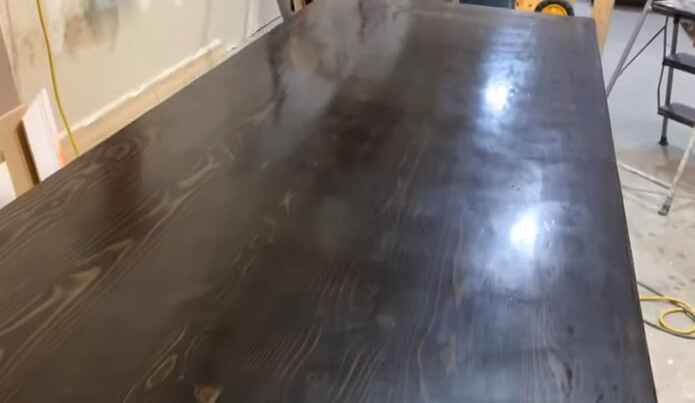
Polyurethane is a popular material used to protect and enhance wood surfaces. It can be applied to indoor and outdoor furniture, floors, doors, and windows and provides several benefits that make it an attractive choice for many homeowners looking to upgrade their space.
Here are five of the main advantages of using polyurethane on wood:
1. Durability and Longevity
Polyurethane is an incredibly hardy finish that protects the surface of wood, making it more resistant to damage from bumps and scratches. This protective coating also helps protect against moisture, dust, and dirt, ensuring your furniture lasts for years.
2. Easy to Apply
Applying polyurethane to wood is far easier than other finishes, such as shellac or lacquer. Polyurethane comes in various formats, including brushes, rollers, and sprays, giving you plenty of options for application.
3. Variety of Finishes
One benefit of using polyurethane on wood is its wide range of available finishes. From glossy and high-gloss to matte and satin, the choice is yours. To create unique looks, you can also mix in different additives, such as metallic flakes or dyes.
4. Enhanced Aesthetics
The various finishes and colors of polyurethane can bring out the beauty of the wood grain, creating a luxurious look without much effort. This durable coating also provides greater depth and shine that truly enhances any piece of furniture.
5. Affordable Protection
Finally, polyurethane is an affordable way to protect your wooden furniture from damage and wear. This low-cost solution ensures you can enjoy your beloved furniture for years to come without spending a fortune.
Final Words
In conclusion, it is possible to sand polyurethane off the wood. This process can be time consuming and difficult depending on the thickness of the polyurethane.
It is important to remember to wear safety gear and to use proper tools when sanding off polyurethane from wood.
Despite the challenges associated with this task, there are many benefits to removing polyurethane from wood, including improved appearance and enhanced wood surface protection.
Ultimately, sanding polyurethane off wood is an effective way to achieve your desired results.